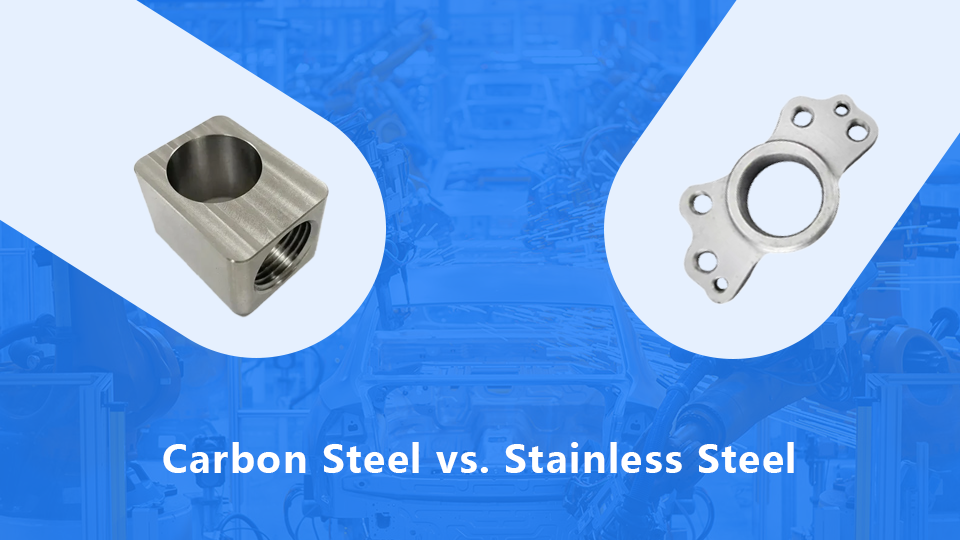
Carbon Steel vs Stainless Steel: Learn Their Differences in Properties?
Confused about carbon steel vs stainless steel? Learn the key differences in strength, corrosion resistance, cost, and best uses to make the right choice.

Confused about carbon steel vs stainless steel? Learn the key differences in strength, corrosion resistance, cost, and best uses to make the right choice.
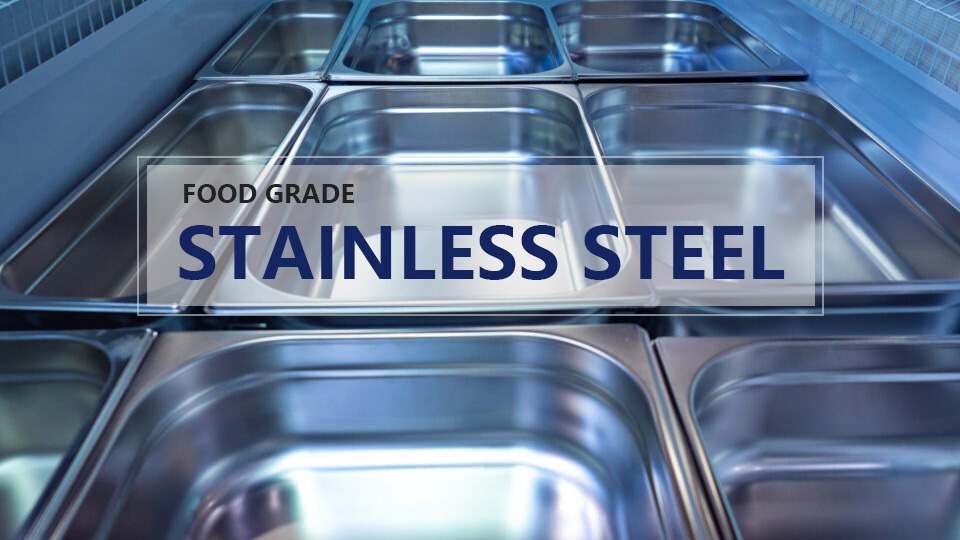
Food-grade stainless steel has the basic properties of stainless steel, such as corrosion resistance and rust prevention, while also ensuring that no harmful substances are released when it contact with food.
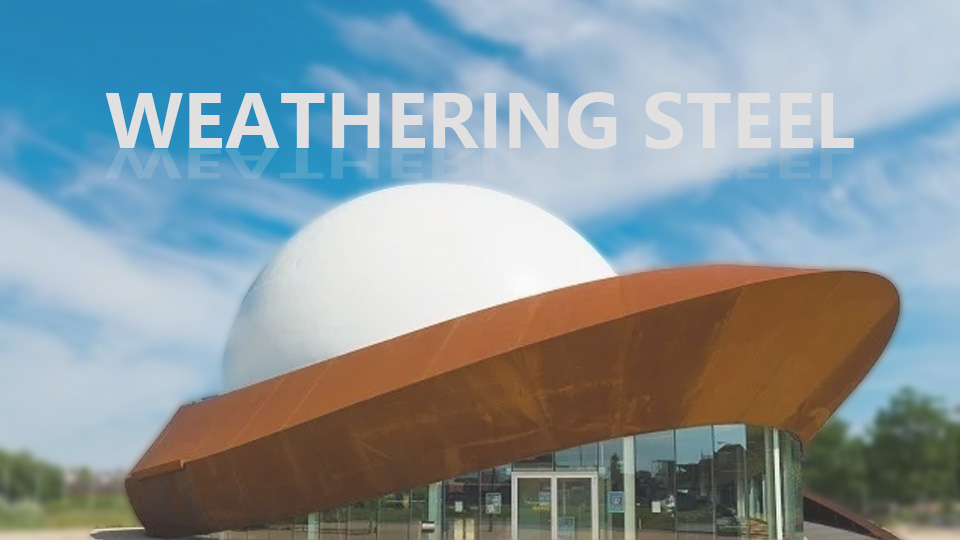
Weathering steel is a low-alloy, high-strength steel that incorporates small amounts of alloying elements to enhance its resistance to corrosion in atmospheric conditions.
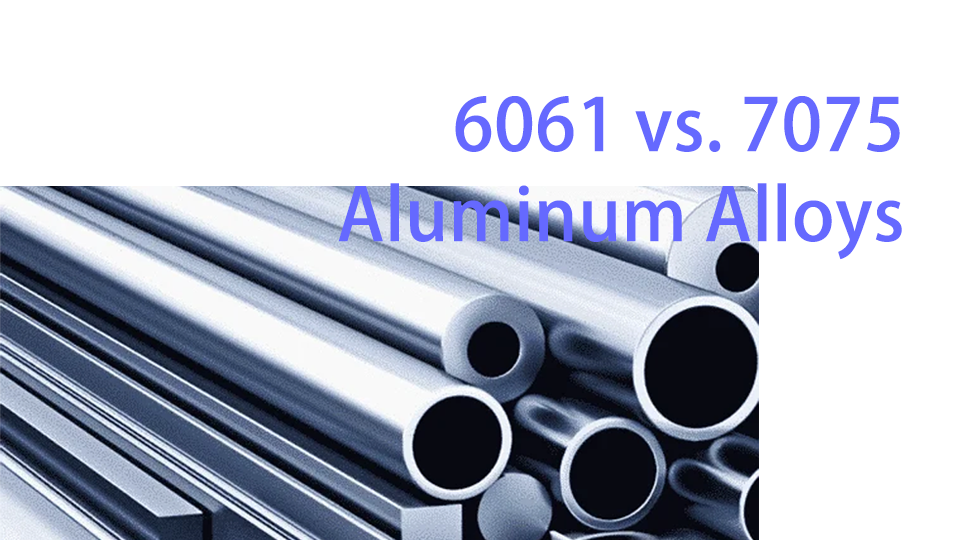
Aluminum alloys like 6061 and 7075 are essential materials for modern machines. 6061 has easy bending capabilities, high degrees of corrosion resistance, and weldability for general use. 7075 offers nearly twice the strength but is limited to certain uses such as aircraft and race cars due to its reduced corrosion resistance and poor welding characteristics.
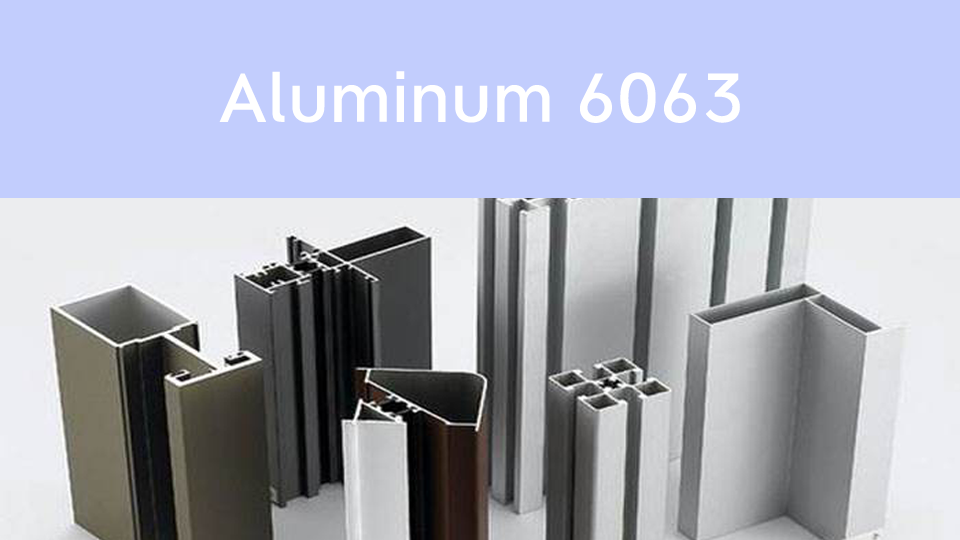
Aluminum alloy 6063 is one of 6xxx series aluminum alloys with excellent mechanical properties, corrosion resistance, and ease of fabrication.
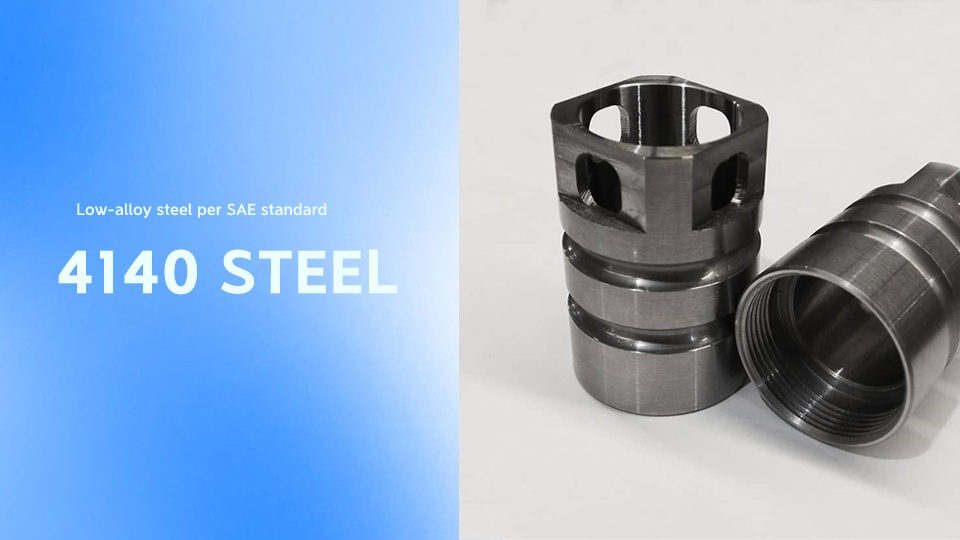
4140 is a low-alloy steel with the main alloying elements being carbon, chromium, and molybdenum.
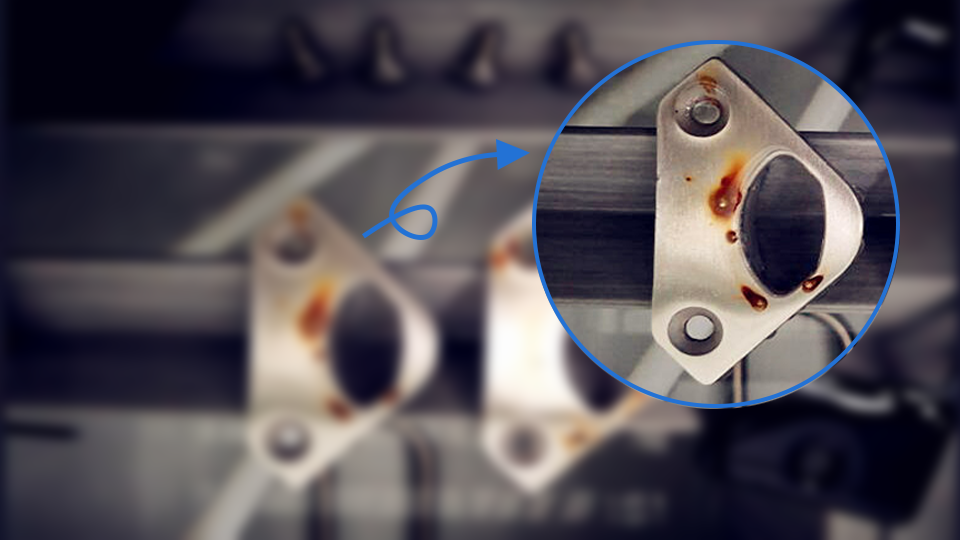
y understanding the various types of corrosion that stainless steel may experience, we can take appropriate measures to mitigate damage when corrosion occurs. Below, we will discuss why stainless steel rusts and how to remove rust from stainless steel.
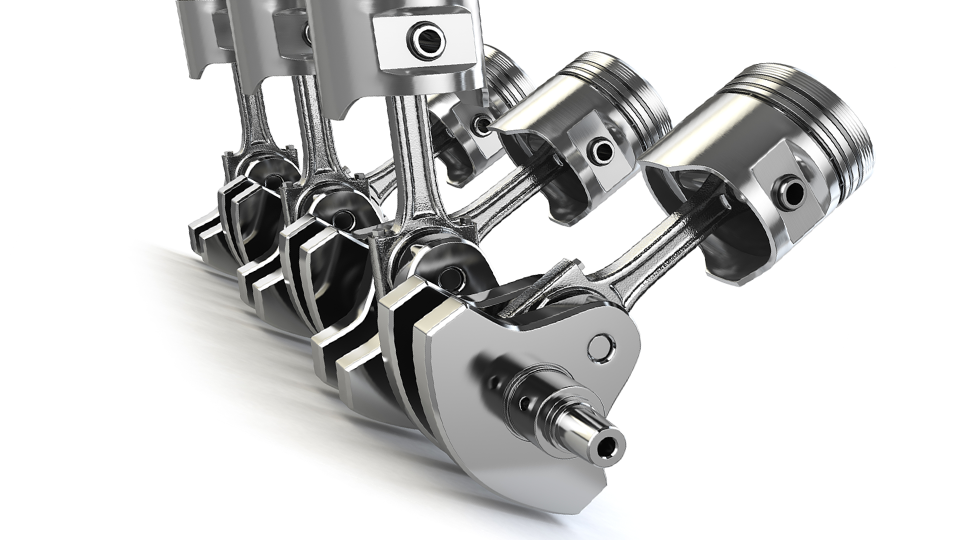
he piston machining requires high precision and advanced techniques to be able to achieve the most demanding standards in performance. This article will approach the materials used, machining processes involved in the manufacture of pistons.
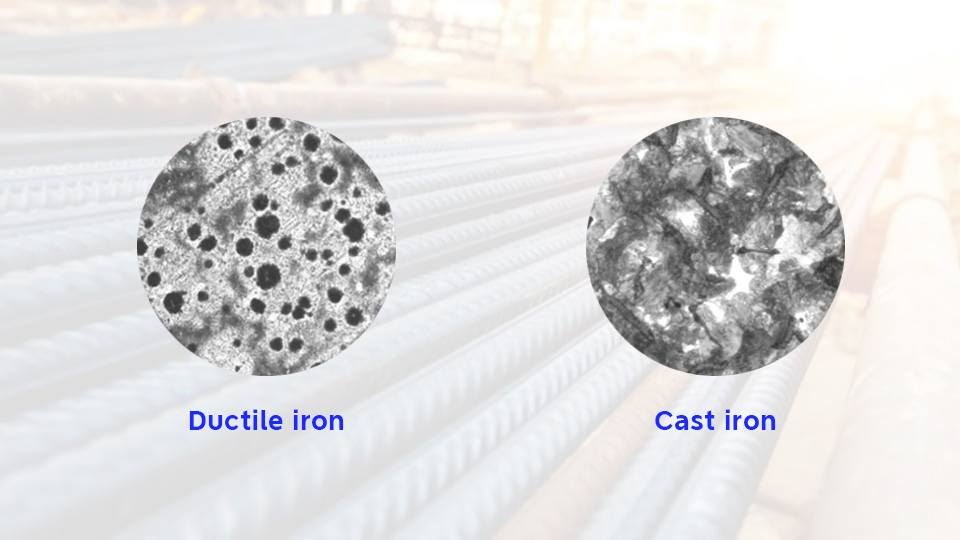
The term “cast iron” is the generic name for iron-carbon alloys containing more than 2% carbon. The subclasses of cast iron are numerous, some of them are gray iron and ductile iron.
Address:
Room 101-117(the entire 1st floor), 2nd Building,
Tianxin Industrial Zone, Guxing Community, Xi’xiang Street,
Bao’an District, Shenzhen, China. 518126